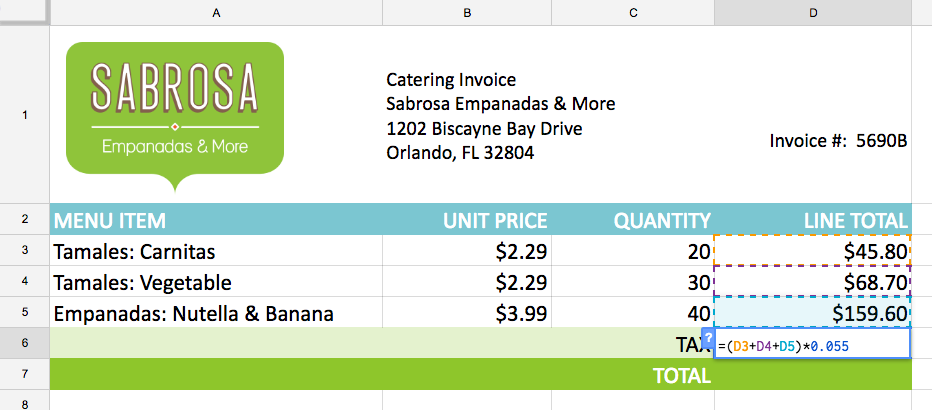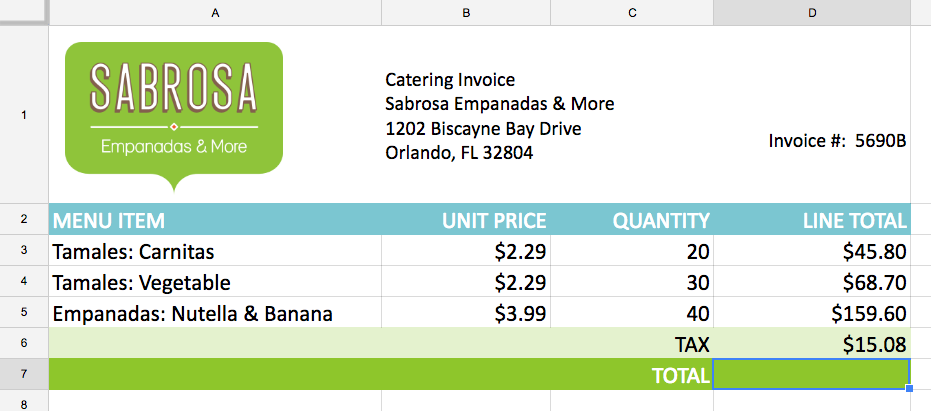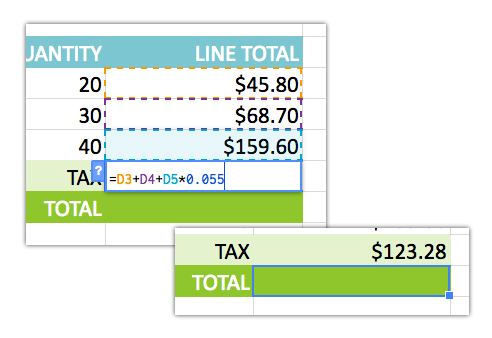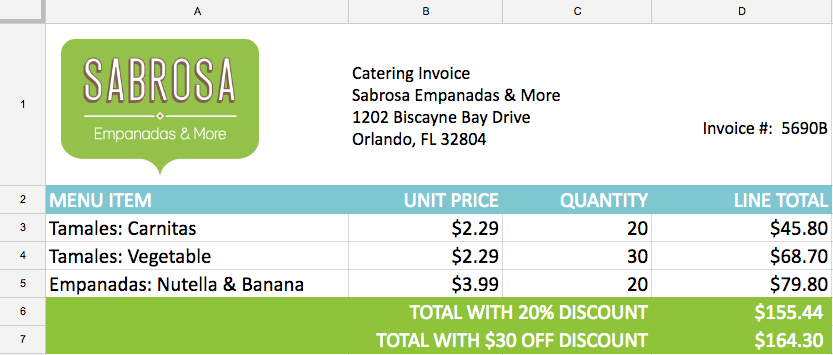Google Sheets -
Creating Complex Formulas

Google Sheets
Creating Complex Formulas


/en/googlespreadsheets/creating-simple-formulas/content/
You may have experience working with formulas that contain only one operator, such as 7+9. More complex formulas can contain several mathematical operators, such as 5+2*8. When there's more than one operation in a formula, the order of operations tells Google Sheets which operation to calculate first. To write formulas that will give you the correct answer, you'll need to understand the order of operations.
Watch the video below to learn how to create complex formulas.
Google Sheets calculates formulas based on the following order of operations:
A mnemonic that can help you remember the order is Please Excuse My Dear Aunt Sally.
Click the arrows in the slideshow below to learn how the order of operations is used to calculate formulas in Google Sheets.
In the example below, we'll demonstrate how Google Sheets solves a complex formula using the order of operations. The complex formula in cell D6 calculates the sales tax by adding the prices together and multiplying by the 5.5% tax rate (which is written as 0.055).

Google Sheets follows the order of operations and first adds the values inside the parentheses: (D3+D4+D5) = $274.10. Then it multiplies by the tax rate: $274.10*0.055. The result will show that the tax is $15.08.

It's especially important to follow the order of operations when creating a formula. Otherwise, Google Sheets won't calculate the results accurately. In our example, if the parentheses are not included, the multiplication is calculated first and the result is incorrect. Parentheses are often the best way to define which calculations will be performed first in Google Sheets.

In the example below, we'll use cell references along with numerical values to create a complex formula that will calculate the subtotal for a catering invoice. The formula will calculate the cost of each menu item first, then add these values.



Google Sheets will not always tell you if your formula contains an error, so it's up to you to check all of your formulas. To learn how to do this, read our article on why you should Double-Check Your Formulas.

/en/googlespreadsheets/types-of-cell-references/content/